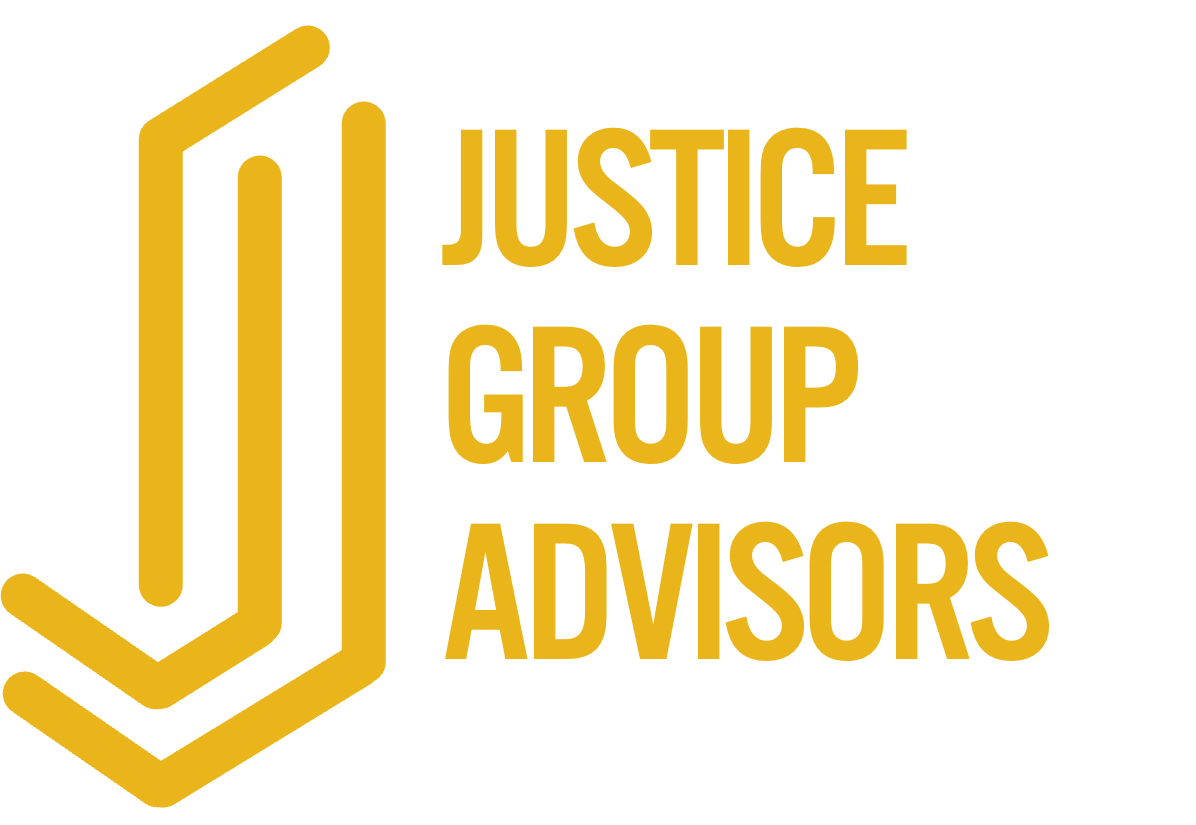Speak Louder with Silence: 7 Tips to Elevate Your Executive Presence
Want to know a leadership secret? Silence is one of the most powerful tactics to increase your executive presence and impact. It might seem counterintuitive, but those who talk less are often perceived as more powerful and in control. The key, however, lies in using silence strategically rather than simply refraining from speaking. Here's how you can leverage strategic silence to convey authority, encourage collaboration, and gain control in your professional interactions.
Conveying Authority
Answering Questions
Use silence to gather your thoughts before responding to a question or request to demonstrate control and self-assurance. An intentional pause shows that you're confident enough to take your time and provide a thoughtful answer.
Practical Tip: In meetings, when faced with a challenging question, intentionally pause for a few moments before answering to carefully consider your response. This is particularly important when you feel compelled to answer immediately. A strong internal reaction (e.g., “Absolutely not!”) or a desire to prove something or defend yourself or your team are good signals that you need to take a breath and slow things down with strategic silence.
Creating Engagement
A pause before delivering important news or a significant point can build anticipation and ensure that the audience is fully engaged.
Practical Tip: Before making a significant point, pause to create a sense of anticipation and ensure everyone is paying attention. This pause not only heightens interest but also signals to the room that what you're about to say is important. By giving your listeners a moment to focus, you ensure that your message lands with maximum impact.
Emphasizing Key Messages
Likewise, a brief pause after making an important point highlights its significance and helps ensure your audience absorbs the information.
Practical Tip: Next time you’re speaking to a group, pause for a few seconds after stating a critical point to let it sink in before continuing. I like to count down from five and use the pause to intentionally make eye contact with at least three people. It may feel awkward at first, but it takes time for messages to land and people to absorb what you’re saying. These pauses allow your audience to reflect and truly grasp the importance of your message, making it more impactful and memorable.
Encouraging Collaboration
Active Listening
By remaining silent and fully focusing on what others are saying, you demonstrate respect and attentiveness, fostering trust and open communication. You also encourage participation by creating space for others to contribute their thoughts and ideas. Using silence strategically shows that you value others' contributions and are genuinely interested in their perspectives.
Practical Tip: In your next meeting, focus on listening without interjecting. When you ask a question, silently count down from five before responding to give others a chance to fill the silence. This pause not only shows you are attentive but also encourages others to contribute. Afterward, summarize what was said to demonstrate understanding and engagement. Use the discomfort of silence to your advantage—most people will rush to fill it, providing you with valuable insights.
Conflict Resolution
In heated discussions, a well-timed silence can help de-escalate tensions, giving everyone a moment to cool down and reflect on their words. Silence provides an opportunity for emotional regulation, allowing individuals to process their feelings and think more clearly.
Practical Tip: When a discussion becomes heated, create a moment of silence by taking a deep breath. This will help lower stress levels and bring a sense of calm to the conversation. You will likely be surprised to see it prompt others to do the same. Follow up the silence with a calm and measured response to guide the discussion back to a constructive path. By modeling this behavior, you encourage others to adopt a similar approach, fostering a more collaborative and less confrontational environment.
Gaining Control
Managing the Pace
Silence can subtly influence the flow of a conversation, providing space for thoughtful responses and reducing the pressure to make hasty decisions. It also allows you to project confidence and composure, particularly in high-stakes discussions.
Practical Tip: Use silence strategically in meetings to slow down the pace and give yourself—and others—time to think. By controlling the rhythm of the conversation, you can foster a more deliberate and considered dialogue, enhancing collaboration and problem-solving.
Leveraging Non-Verbal Communication
While you’re using the pauses to gather your thoughts, encourage collaboration, and actively listen, you need to be mindful of what you’re saying when you’re not saying anything. Your non-verbal communication will be speaking volumes. It’s important to be thoughtful and intentional with these nonverbal cues.
Practical Tip: Practice holding eye contact and maintaining a composed facial expression during pauses in conversations or presentations. Most of us tend to have a slightly negative resting face. Spend some time in front of a mirror to train yourself to keep a neutral or slightly positive expression. Be mindful of cultural norms regarding eye contact, as expectations can vary. Understanding these nuances can help you create an environment where others feel comfortable and respected, enhancing your ability to leverage silence strategically.
Conclusion
Using silence strategically can transform your leadership presence. Next time you're in a meeting or important conversation, try one of these approaches and observe the difference it makes. You’ll find yourself commanding more authority, encouraging greater collaboration, and feeling more in control. Strategic silence takes practice. And it will probably feel awkward and uncomfortable at first. But I promise you, it is a secret leadership weapon.
PS: Ready to Elevate Your Leadership?
Are you looking to command more respect and influence in high-stakes situations? Feeling like the harder you work, the more work you get? Wondering how other leaders balance their work and personal lives and still get ahead?
I know how hard it can be to figure out what’s holding you back and break through those barriers. You don’t have to do it alone. Over the years, I’ve developed practical—and often counterintuitive—strategies that have helped hundreds of leaders earn and embrace their seat at the table.
Imagine having a clear, personalized roadmap to success. With tailored guidance and actionable insights, you'll gain momentum and achieve your leadership goals faster—without working harder.
If you’re ready to start leading with more ease and authority, let’s talk. I work with a limited number of high-potential leaders—those who are ambitious, open to feedback, and committed to their professional growth. Engagements are customized to fit your specific goals and timeline. It's not easy, but as I promise all of my clients, if you commit to the process, it will work. Guaranteed.
Stop spinning your wheels and take the first step towards transforming your leadership today. Schedule a quick Zoom call with me to see if you’re a fit for my coaching and to reserve your spot on the waiting list.
PPS: Take Your Non-Verbal Leadership to the Next Level
Your presence isn’t just what you say—it’s how you say it, and sometimes, what you don’t say. Curious about how to fine-tune your non-verbal cues? Watch the video below in my LinkedIn post on Resting Executive Face—the antidote to RBF—and dive deeper into actionable tips in this issue of Practical Perspectives.
Not subscribed yet? Sign up today to transform how you lead and communicate.


